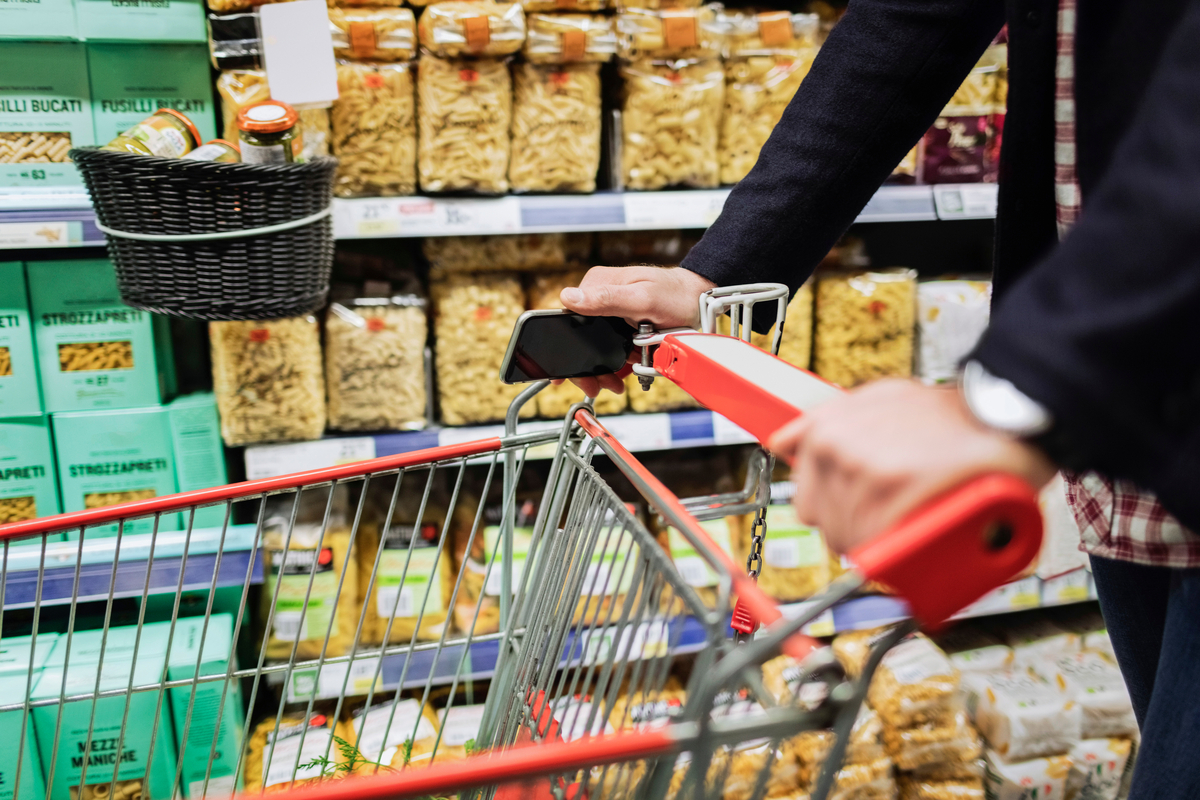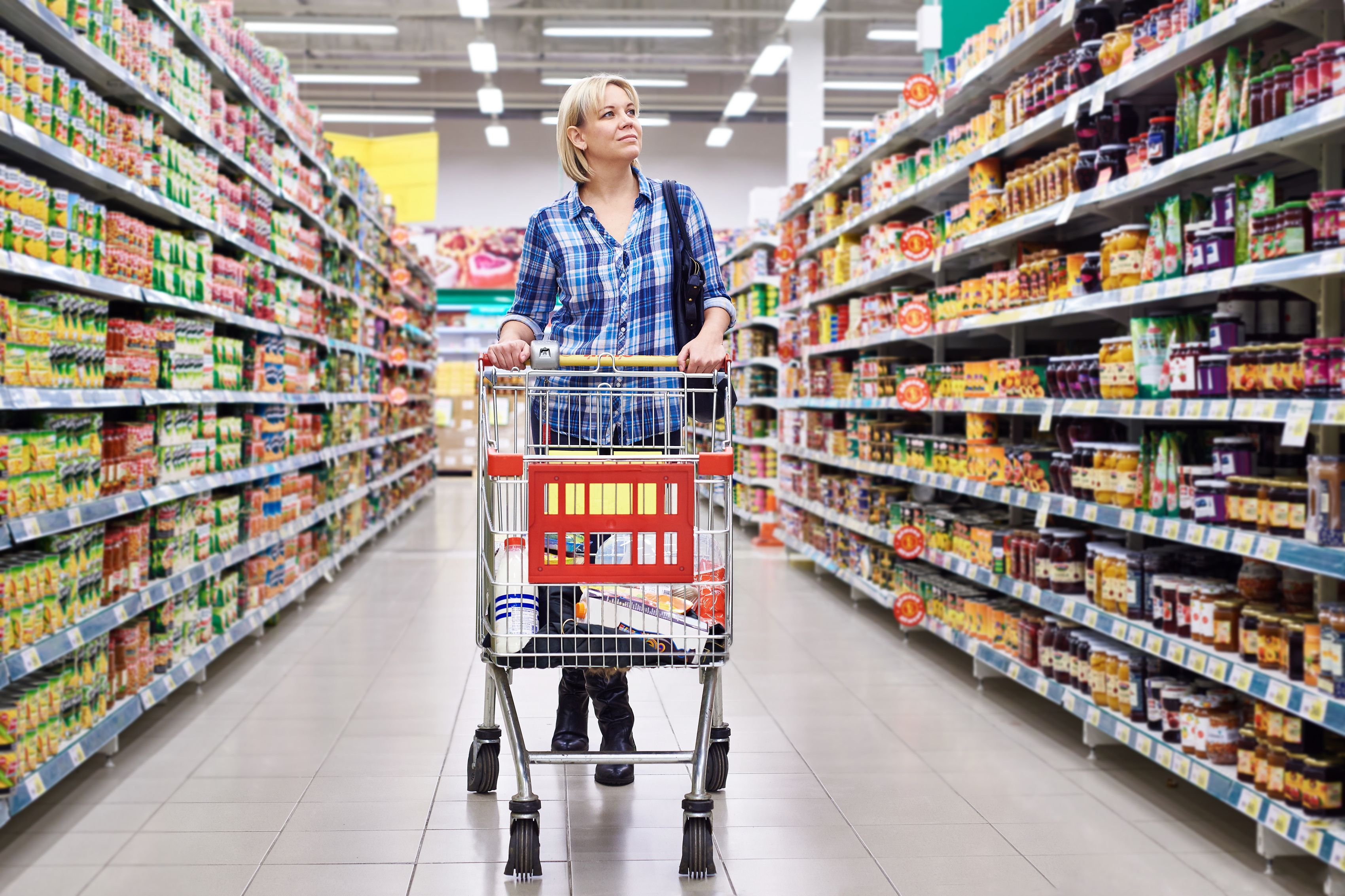Question 1
Do you see the growth of online shopping impacting other categories differently versus total store?
Yes, there are categories that are being impacted differently: Grocery categories are receding from online purchasing a little bit more aggressively than others. Confident online purchasing needs an element of trust either with the retailer, the brand, or both. Generally, packaged goods are easier to sell online than fresh foods and produce. That’s because the brand has built trust with their consumers and there is a certain expectation of consistent quality for the product. Fresh meat and produce are harder to buy online because their quality relies on the judgement of the order picker, which may or may not align with the consumer’s expectation. Yet click-and-collect and Instacart have helped break down barriers to entry and have sped up the trial phase. There’s now increased trust in what retailers and brands can deliver online.
What brands and retailers need to pay attention to is the shifts in shopper behavior — and their implications. Coming out of the pandemic, a certain level of convenience is expected, whether the shopping occasion is online or in-store.
When a shopper is highly engaged with your brand, the shopper’s experience is more nuanced because your brand is coupled with the experience they’re having with the retailer. As a result, retailers and brands need to be thoughtful about assortments, points of discovery and promotions to delight shoppers and build loyalty.

Question 2
Size navigation: Small, Medium or Large? Do we need all sizes and flavors in a planogram? How about entry price point to value for Large?
The best size can depend on the retail channel as well as the scanning frequency of the items in the category. The pressure will be different for a category like over-the-counter (OTC) pharmaceuticals than if you were in a higher-velocity or more frequently scanning category like ready-to-eat cereal. There might be a little more grace in terms of featuring large, medium, and small sizes on the shelf in a drug store than in a larger-format operator where a slower moving item is likely an add on to a trip rather than a destination category for the shopper.
If you start looking at categories where you know the velocities are much faster (e.g., carbonated soft drinks or breakfast cereal), the shelf must have a certain amount of holding power — more so than pre-pandemic. There are new shopper types in the aisles, like personal shopping services (i.e., Instacart or DoorDash) or store associates filling orders for in-store pickup or curbside.
In addition to holding power, we need to point out the retail labor shortage and its implications. Shelves in stores may not be getting the same level of restocking as they once were, which is another reason for increased holding power on high velocity SKUs.

Question 3
If a company was considering investing to reduce price, do you think consumers would respond better to an absolute price change on shelf or an increase in frequency of promotion, calling out the special price?
Given price increases over the past couple of years, would consumers necessarily notice a price reduction on the shelf unless it was highlighted?
Categories with high purchase frequency will get noticed if a price reduction were called out on shelf. Currently, there is a lot of sensitivity around price, especially in grocery categories. The grocery department is visited by most shoppers on a weekly basis, and a routine list of items is usually purchased. As a result, shoppers know the prices of their most frequently purchased items very well.
We’ve been looking at shrinkflation, since inflation doesn’t only show up in overt price increases. Shoppers are hyper-aware of their purchase frequency in addition to price, so they will notice if they are buying a product more frequently because the number of servings decreased.

Question 4
Do you have a line of sight into when inflation might cool off?
The Federal Reserve raised interest rates by a quarter point on May 3 but hinted that rate increases may be behind us. It’s in the government’s interest to help inflation cool off, and that’s what we’re seeing: The goal is to get inflation rates between 2-3%, but changes will happen in increments. In the next six months, what’s going to happen with prices will be a gentle slowdown that will be the result of inflated prices now being in the comparison periods. Highly commoditized categories like dairy will likely see price declines, but packaged goods will likely maintain prices and use promotions to drive traffic.


Meet the author
Steve Zurek, Analytics Thought Leader, NIQ
Steve is a CPG industry veteran with more than 35 years of experience in sales and category development. Prior to NIQ, he’s worked for PepsiCo, Procter and Gamble, and GSK Consumer Health.
As the Thought Leadership Lead for North American Advance Analytics, he sets his sights on the future of CPG and leverages his client-first perspective to create actionable, data-driven content.
Steve has an MBA from The Heller College of Business at Roosevelt University in Chicago and is an advisory board member at his alma mater. He lives in Roselle, Illinois.





